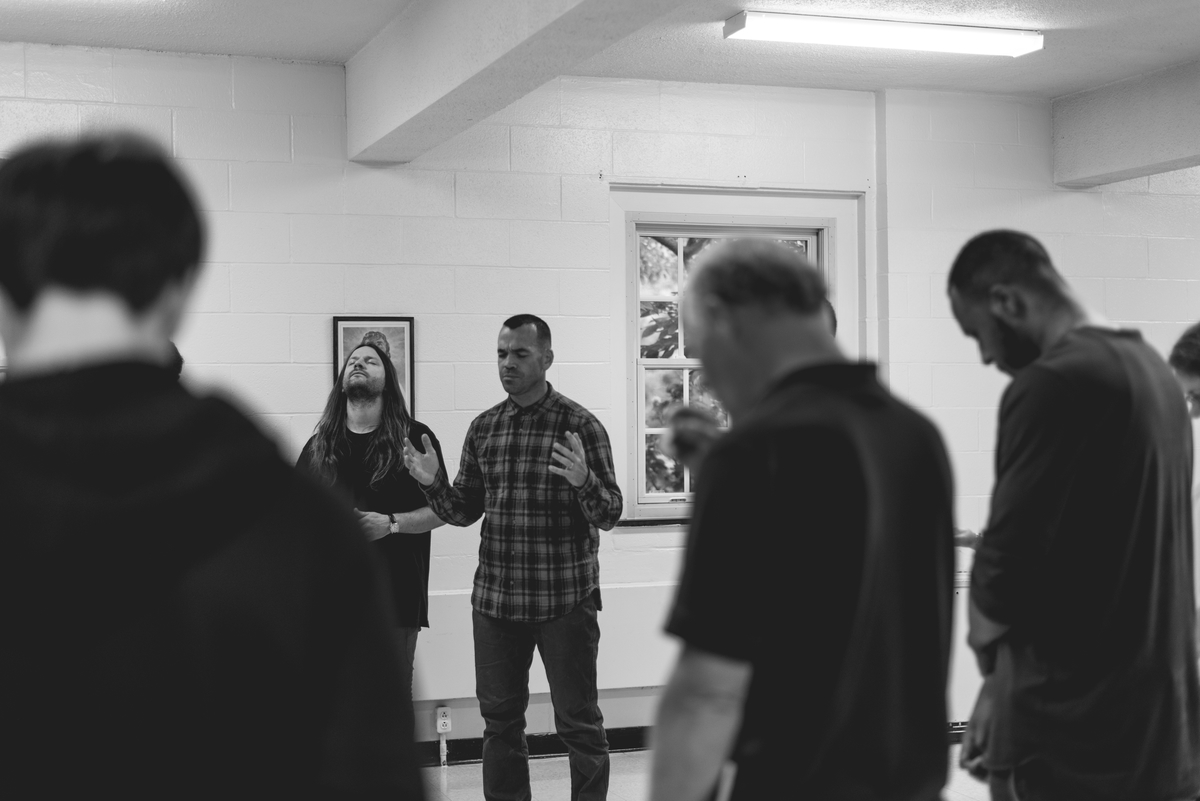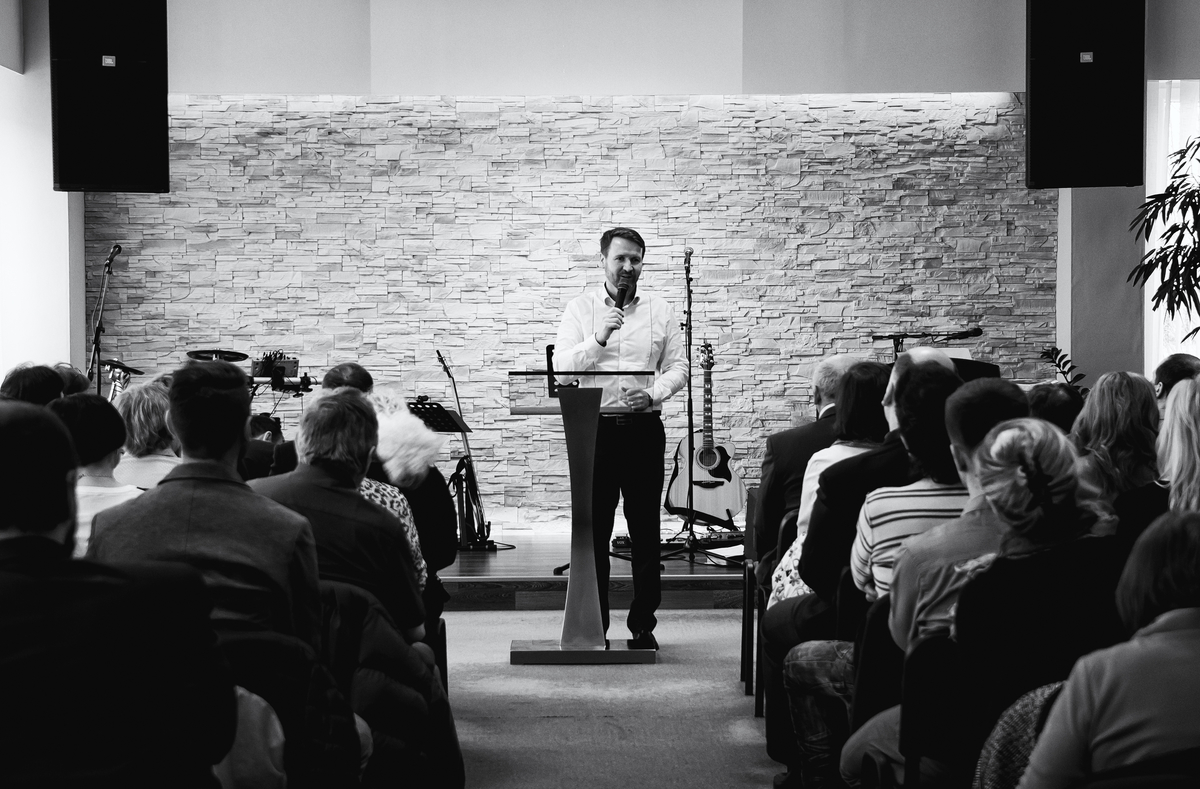Last week Dave Adamson wrote a compelling article on the future of the church based on the digital tools that church leaders now have at their disposal. He applied the term “omnichannel” to church practice, and his article was the first time I have seen someone do so. Dave does this type of work with churches, so he was not just winging it and throwing out an idea. If you have background in ecommerce or marketing, you are familiar with the term “omnichannel.” It represents the thinking that a company should align all of its channels so that a customer has a seamless experience across all. In other words, the customer could easily flow back and forth between a physical store and an online store and other touch points.
If you apply “omnichannel” to a local church, as Dave has done, you essentially decide it does not matter which channel the person you are serving utilizes to interact with your church or consume content from your church, and you want all the channels (such as your podcast, your live-stream, and your physical location) to offer a similar experience.
Here are five things I like about applying “omnichannel” to a local church.
- It is the reality of what is already happening. People are interacting (or desiring to interact) with your church in multiple ways. People may attend one week and watch online while traveling the next. Desiring that person to receive consistent teaching from his/her church in a unified manner is a good thing.
- It forces leaders to think about people not just content. We don’t just teach the Word; we teach the Word to real people and we must understand the people we are teaching.
- It can help break down ministry silos. Because people move across live streaming, podcast, and the worship gathering, staff in those areas must be coordinated.
- It helps churches use tools to reach people. Just as the Lord used the advent of the printing press to spread the Bible and the advent of radio to broadcast C.S. Lewis and Billy Graham messages, every new technology is an opportunity to distribute the good news.
- It helps churches think about the other 167 hours. Perhaps the most challenging thought that Dave offered is the challenge to think about all the hours in the lives of the people we serve, and not just the weekly gathering.
And here are two cautions I have about applying the “omnichannel” term to a local church. Though I appreciate the desire to connect people where they are and connect them more than one hour in a weekly gathering, ministry leaders must do so while also thinking about these two realities:
- A church is not a base of customers. The article was not advocating that, but the term “omnichannel” was developed to help companies think about their customers and their channels, and we must be cautious of any term (or thinking) that causes us to think of our church as a base of customers. A church is much more than a customer base. She is the bride of Christ and the family of God. She is a gathering of God’s people who are in community together and have joined Christ on His mission.
- Consumption must not be the ultimate goal. We must not desire the people in our churches to merely consume religious goods and services, but to grow in community and to live on mission. If we settle for consumption, we are settling for a vision of local church that is too small. Yes, let’s use the tools at our disposal and let’s sync them together to communicate the message of Jesus. But let’s be sure that we don’t equate consumption with discipleship.





